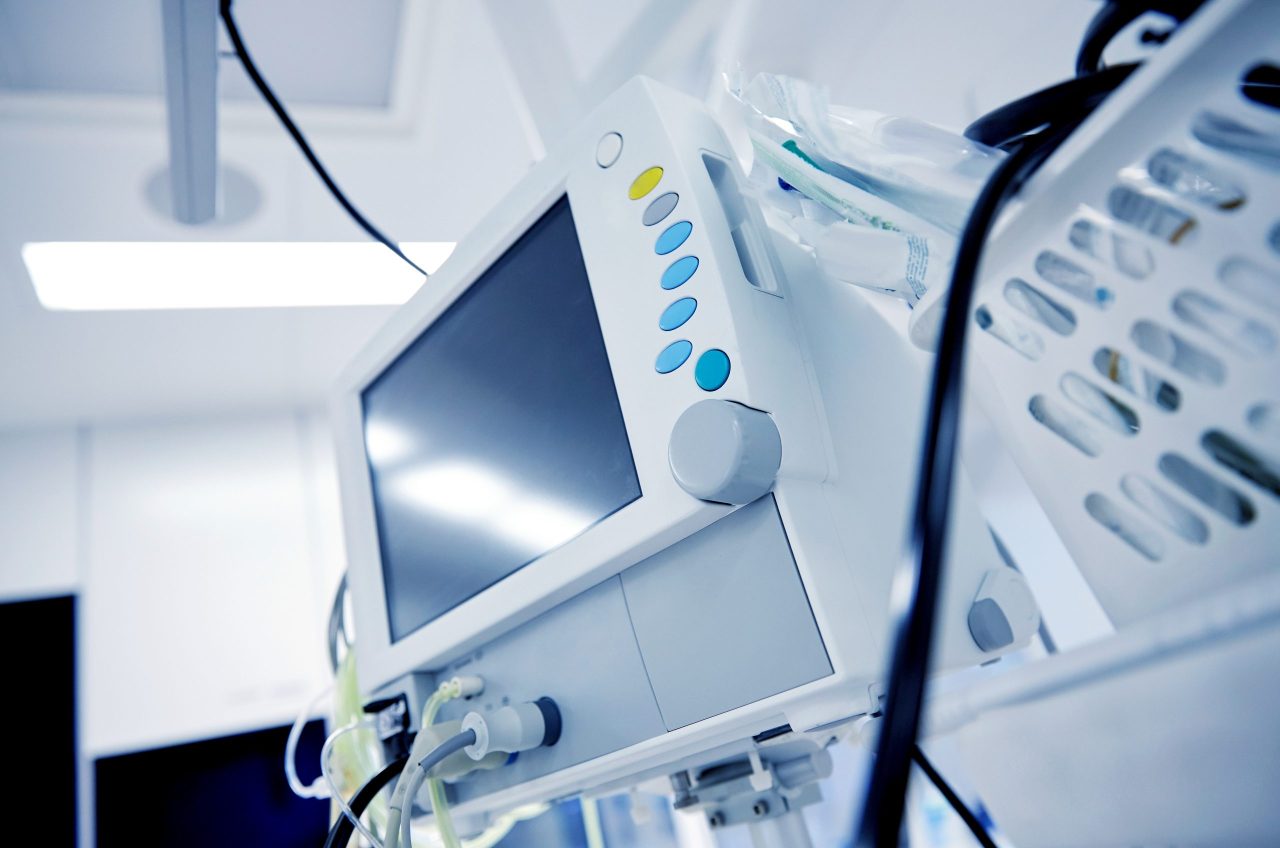An anesthesia machine is a medical team consisting of a set of elements used for administration of medicinal or anesthetic gases to a patient during anesthesia, both in spontaneous ventilation and in the controlled ventilation. It is made up of several components that communicate with each other during the administration of an inhaled anesthesia, these components include the anesthesia machine, vaporizers and respiratory system.
Care of an anesthesia machine
- Change mechanical filter.
- Disinfect contact surfaces: Manual ventilation bag, tubes, vaporizer, screens surfaces, ECG ducts, NIBP, with short-term disinfectants.
- In case of obvious dirt, change the ventilation tubes.
Every day you must perform
- Surface disinfection of the station with long-term disinfectants Change container (if necessary) and suction duct (if necessary).
- Surface disinfection of ventilation tubes cartridge click (change if necessary) provided an inspiratory CO2 increase is found.
Weekly
- Change ventilation tubes including manual ventilation ball.
- Change container and suction ducts.
- Surface disinfection of the station with long-term disinfectants.
Each month
- Change water trap (Water Lock 2) of Capnometry.
- For the rest, just like each week.
Parts of an anesthesia machine
- Flowmeters are devices that measure the amount of moving gas. The mechanism of action depends on the laws of passage of fluids in tubes. They are usually graduated in ML / min and in L / min and there are flowmeters for air, oxygen, carbon dioxide and nitrous oxide. The first flowmeters were simple closing valves in the style of the water key. They are identified by internationally known colors (green O2, blue N2O and yellow air).
- Valves: are movable mechanisms for opening or closing a passage from a fluid. They are devices used to start or maintain the flow of a gas and to regulate the amount of gas.
- Yugos: They are devices that are used to fix the gas cylinders to the anesthesia machine or the regulator. They have forms of circular or rectangular metal tweezers, with adjustable zipper.
- Manometer: It is a team that is responsible for measuring the tension of aeriform fluids. Two manometers are usually included in the cylinder regulator. One measures the pressure of the gas inside the cylinder. The other gauge records the pressure or work.
- Vaporizers: They are instruments designed to facilitate the change of a liquid anesthetic to their vapor phase and supply a controlled amount of this vapor to the flow of gases that reaches the patient. That is, they aim to maintain an adjustable vaporization of volatile anesthetics within the desirable anesthetic concentration limits. Vaporizers are located towards the right side of the flowmeters.
- The absorption circle: The absorption circle is the most common respiratory system that exists. It consists of eight basic components: input of fresh gases, inspiratory and expire valves, corrugated tubes, “and” part, relief valve and gaser, respiratory bag, canister for soda and pressure gauge. Inspiratory and expiratory valves are included to the system to guarantee unidirectional flow in corrugated tubes. Fresh gases enter the circle by means of a connection to the common output of the machine.
In Kalstein we are manufacturers and we put at your dispossessing innovative anesthesia machines at excellent prices. That’s why we invite you to take a look at the Products menu. HERE

